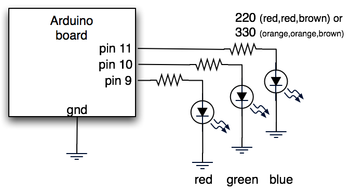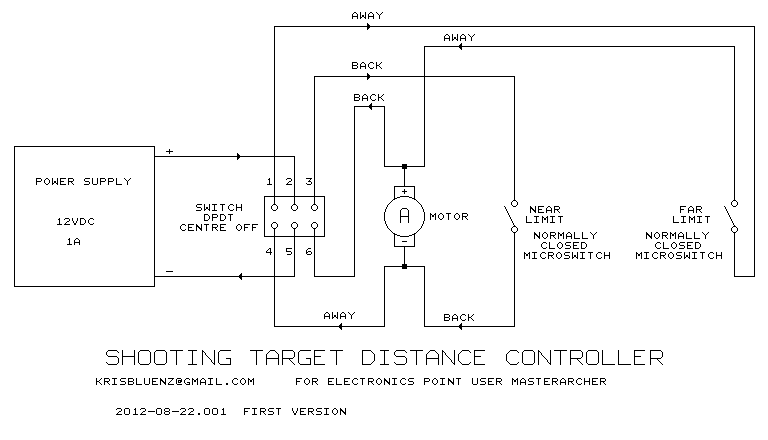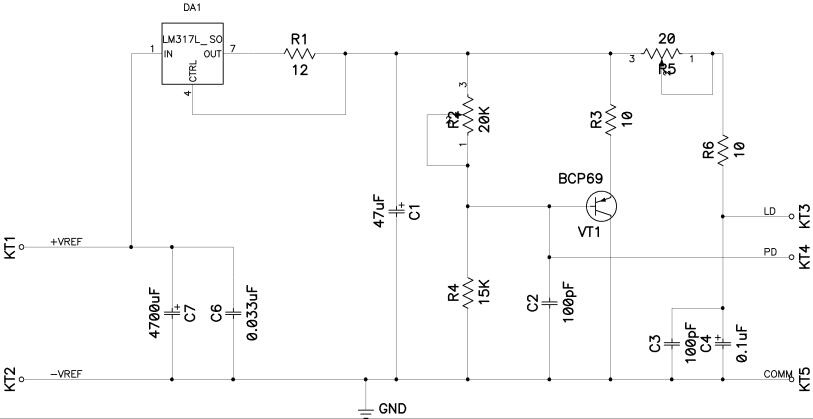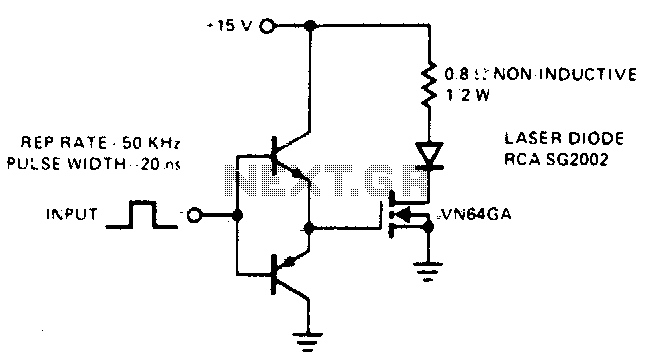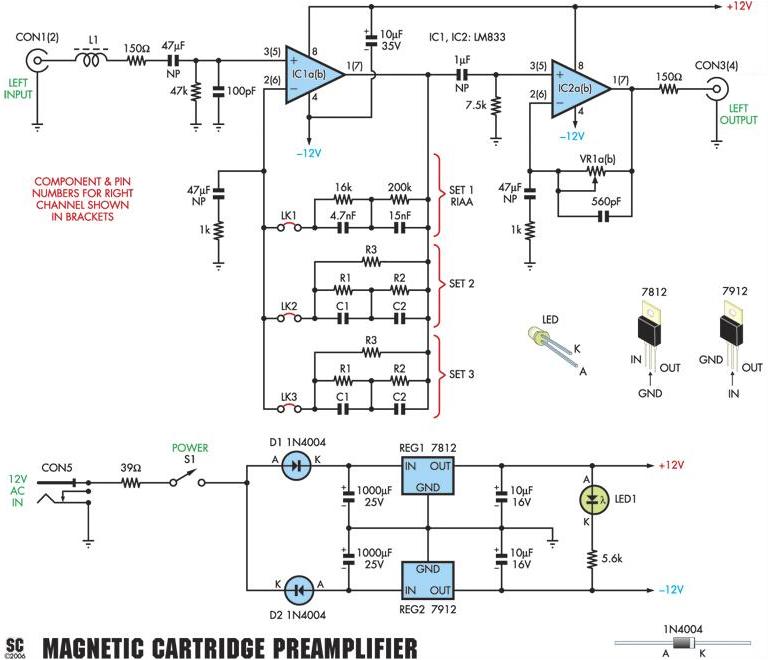
laser diy schematics
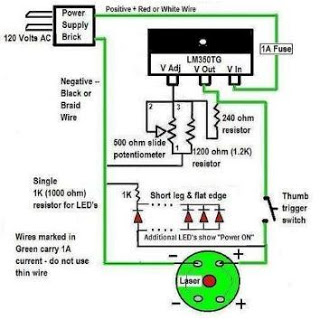
A DIY espionage kit is not complete without a long-distance listening device, particularly one that incorporates a laser. This project demonstrates how to utilize a laser pointer to capture sounds from hundreds of feet away. The materials required include a laser pointer, an old pair of headphones, a cadmium sulfide photocell (available at most electronics stores), a tripod, binder clips or duct tape, and a laptop or other recording device. Connect the headphone jack to the laptop or recording device. Secure the photocell to a stable surface using binder clips or duct tape for easy adjustment. Choose a room with a window to monitor, and aim the laser at the window at an angle. Identify the point where the laser reflects, and position the photocell so that the reflected beam strikes its front. Vibrations from sounds within the room will cause the window to vibrate, which the laser and photocell will detect. It may be necessary to process the recorded input to eliminate background noise and isolate specific voices.
The proposed circuit utilizes a laser pointer as an optical sensor to detect sound vibrations through a window. The core components include a laser pointer that emits a coherent beam of light and a cadmium sulfide (CdS) photocell, which is sensitive to light intensity changes. The headphones serve as an output device, translating the electrical signals captured by the photocell into audible sound.
To construct the circuit, the laser pointer is mounted on a tripod, ensuring stability and precise alignment. The photocell is affixed using binder clips or duct tape, allowing for adjustable positioning to optimize the alignment with the reflected laser beam. The laser should be aimed at the window at a slight angle to facilitate reflection, ensuring that the beam strikes the photocell directly.
When sound waves from inside the room induce vibrations in the window, these vibrations alter the intensity of the reflected laser beam. The CdS photocell detects these variations in light intensity, producing a corresponding electrical signal. This signal is then transmitted through the headphone jack to the laptop or recording device, where it can be recorded and analyzed.
Processing the recorded audio may involve filtering techniques to remove extraneous noise, enhancing the clarity of the target sounds. This setup effectively turns the window into an acoustic sensor, allowing for long-distance listening capabilities. The project exemplifies the practical application of basic electronic components in a creative and unconventional manner.No DIY espionage kit is complete without a long-distance listening device, and no DIY long distance listening device is complete unless it uses a sweet laser in some form or fashion. If you agree with that statement, then you`re in luck, because the following project will show how you can use a laser pointer to hear noises from hundreds of feet away.
material : Laser pointer, Old pair of headphones, Cadmium Sulfide Photocell (available at most Radio Shacks or electronics store), Tripod, Binder clips or duct tape, Laptop or other recording device. Plug the headphone jack into your laptop or other recording device. Using binder clips or duct tape, secure the photocell to something sturdy so that it can be easily moved and aligned.
Find a room with a window you`d like to spy on, and aim the laser at the window at an angle. Determine where the laser reflects, and situate your photocell so the reflected beam hits the front of the cell. Any noise from inside the room will cause the window to vibrate, which will get picked up by the laser and photocell.
You might have to process the raw input to remove unwanted noise and isolate the voices. Check out the cool video to see it in action. 🔗 External reference
The proposed circuit utilizes a laser pointer as an optical sensor to detect sound vibrations through a window. The core components include a laser pointer that emits a coherent beam of light and a cadmium sulfide (CdS) photocell, which is sensitive to light intensity changes. The headphones serve as an output device, translating the electrical signals captured by the photocell into audible sound.
To construct the circuit, the laser pointer is mounted on a tripod, ensuring stability and precise alignment. The photocell is affixed using binder clips or duct tape, allowing for adjustable positioning to optimize the alignment with the reflected laser beam. The laser should be aimed at the window at a slight angle to facilitate reflection, ensuring that the beam strikes the photocell directly.
When sound waves from inside the room induce vibrations in the window, these vibrations alter the intensity of the reflected laser beam. The CdS photocell detects these variations in light intensity, producing a corresponding electrical signal. This signal is then transmitted through the headphone jack to the laptop or recording device, where it can be recorded and analyzed.
Processing the recorded audio may involve filtering techniques to remove extraneous noise, enhancing the clarity of the target sounds. This setup effectively turns the window into an acoustic sensor, allowing for long-distance listening capabilities. The project exemplifies the practical application of basic electronic components in a creative and unconventional manner.No DIY espionage kit is complete without a long-distance listening device, and no DIY long distance listening device is complete unless it uses a sweet laser in some form or fashion. If you agree with that statement, then you`re in luck, because the following project will show how you can use a laser pointer to hear noises from hundreds of feet away.
material : Laser pointer, Old pair of headphones, Cadmium Sulfide Photocell (available at most Radio Shacks or electronics store), Tripod, Binder clips or duct tape, Laptop or other recording device. Plug the headphone jack into your laptop or other recording device. Using binder clips or duct tape, secure the photocell to something sturdy so that it can be easily moved and aligned.
Find a room with a window you`d like to spy on, and aim the laser at the window at an angle. Determine where the laser reflects, and situate your photocell so the reflected beam hits the front of the cell. Any noise from inside the room will cause the window to vibrate, which will get picked up by the laser and photocell.
You might have to process the raw input to remove unwanted noise and isolate the voices. Check out the cool video to see it in action. 🔗 External reference
